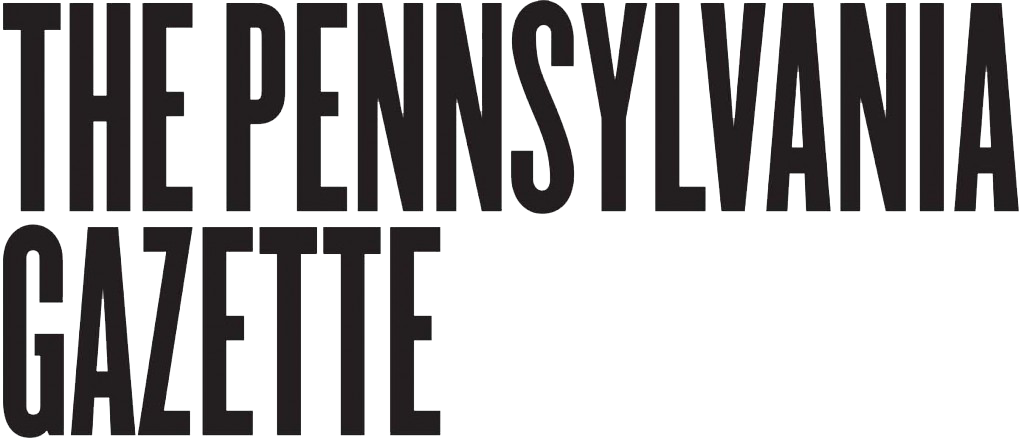In reading through the pieces assembled in this issue, I’m struck by the different ways that several of them engage questions related to identity—who we are, how we got that way, and how fixed or mutable that self may be.
In our cover story on the emerging field of neuroethics, “Who’s Minding the Brain?” associate editor Susan Frith quotes Dr. Paul Root Wolpe C’78 of Penn’s Center for Bioethics as saying that, in Western culture at least, “We think of our brains as the locus of our identity.” One thread running through the article is the role that science may play in altering individuals’ personalities and abilities, from the feasibility of replacing prison sentences with drug regimens to the use of concentration-enhancing Ritalin by college students to gain an edge at exam-time to the further-out prospect of brain-boosting implants that would allow one to learn a foreign language, for example, in a matter of minutes.
Experts vary in their attitude toward such developments both on practical and philosophical grounds—in general, Wolpe is among the skeptics—but there’s no question that big changes are in the offing. Psychology Professor Martha Farah told Susan that, while cognitive neuroscience was an “ivory tower” field when she entered it, it is now “sobering to realize that the effect [my field has] could be good or not good, depending on how we use these new capabilities.”
(The article also constitutes a reunion of sorts: Jon Sarkin C’75, whose extraordinary artwork appears on the cover and accompanies the text, was profiled by Susan in her very first Gazette feature, “Artist Unleashed,” in May 1997, which recounts how Sarkin’s intense passion for art-making followed a stroke.)
In “The Constant Reader,” freelancer Holly Love EAS’85 tells the story of alumnus Mark Moskowitz C’76, creator of the widely praised documentary Stone Reader. The film’s action concerns Moskowitz’s picaresque search for Dow Mossman, who wrote a novel called The Stones of Summer in 1972—and nothing afterward—but its true subject is reading itself, almost the consuming of books, which for Moskowitz “are oxygen, extensions of his anatomy, more real than reality,” Love says. His reading has formed Moskowitz; Love quotes his sister as saying she felt she knew him for the first time when she was allowed into his library.
While Stone Reader speaks to the often intense and intimate relationships we can form with strangers through the medium of words, in My Architect, Nathaniel Kahn evokes his search for the father he never really knew—Penn alumnus and long-time faculty member Louis I. Kahn Ar’24 Hon’71 —through the buildings he designed, as well as interviews with friends, relatives, and other architects. Witold Rybczynski, the Margy and Martin Meyerson Professor of Urbanism and a brilliant prose stylist himself, reviews the film in our Arts section, “All Things Ornamental.”
In what must be the most film-centric Gazette ever, we also offer a review of the recently released Shattered Glass, based on the real-life story of Stephen Glass C’94, the reporter whose outlandish fabrications in stories for The New Republic and other magazines were exposed in 1998.
Glass’s story has been told here in senior editor Samuel Hughes’s CASE award-winning article, “Through a Glass Darkly,” in November/December 1998, and many other publications—notably in Vanity Fair, by Buzz Bissinger C’76, upon whose article the movie was based.
Sabrina Rubin Erdely C’94, now a senior writer for Philadelphia Magazine, worked with Glass at The Daily Pennsylvanian. In her review, she writes about her reaction to the film, her feelings today about the “adorable little weenie” she knew then, and the questions—of what motivated him, and whether his deceptions began at Penn—that still remain.
This issue is also traditionally when we report on Homecoming Weekend, Penn’s premier fall event for alumni. Please turn to page 38 for our expanded coverage, including photos and text on the Alumni Award of Merit Gala, the Game, and other activities.
—John Prendergast C’80

